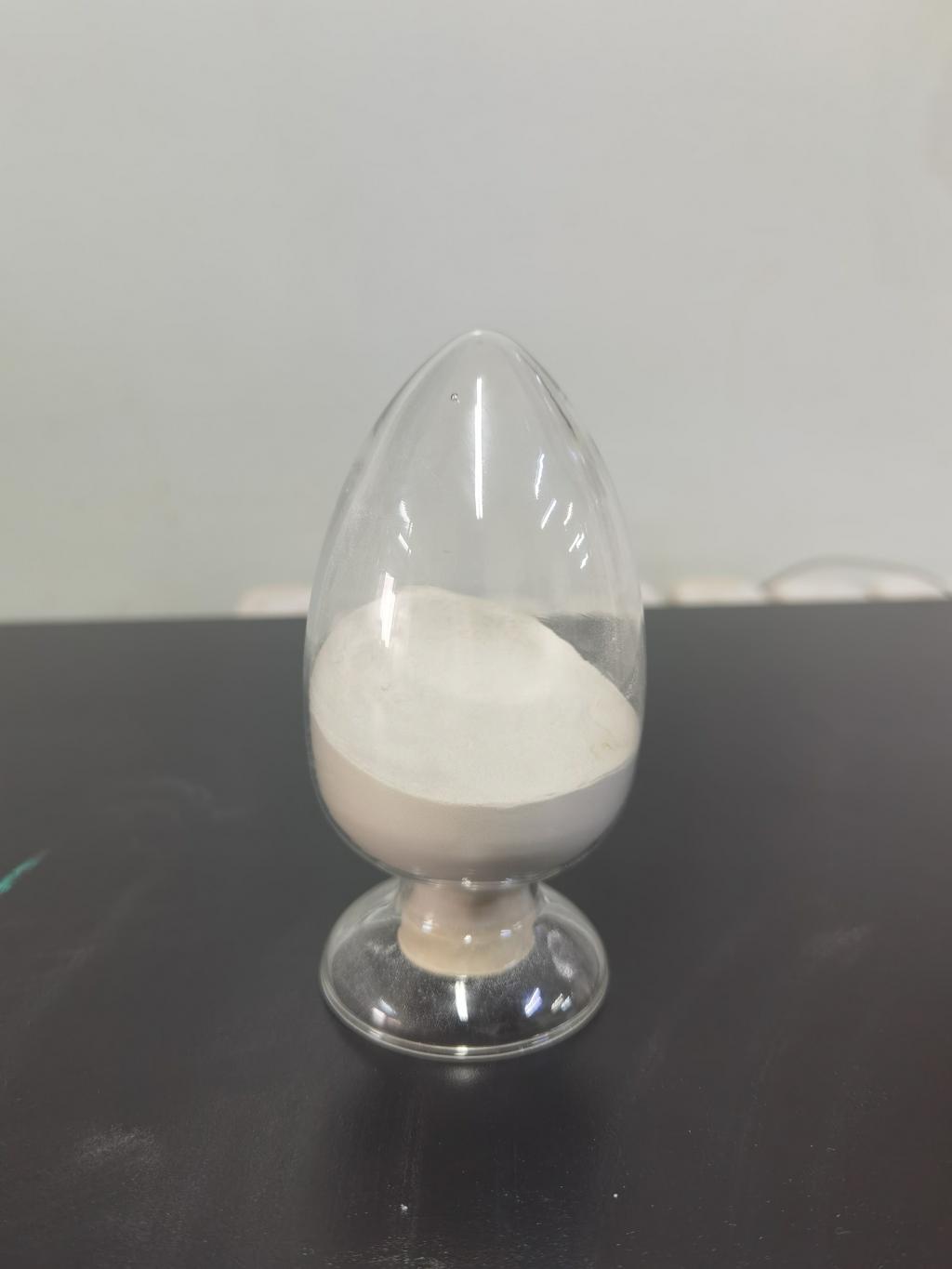Tel:+8618231198596

News
 CONTACT
CONTACT
 CONTACT
CONTACT
- Linkman:Linda Yao
- Tel: +8618231198596
- Email:linda.yao@dcpharma.cn
- Linkman:CHARLES.WANG
- Department:Overseas
- Tel: 0086 0311-85537378 0086 0311-85539701
News
Current Position:
Home >
News
>Nisin and Food Cooperatives: Strengthening Local Communities Through Preservation
Nisin and Food Cooperatives: Strengthening Local Communities Through Preservation
TIME:2024-01-03
The Rise of Food Cooperatives:
Food cooperatives, or co-ops, have become a cornerstone of local food systems. These community-driven organizations empower individuals to collectively procure, distribute, and sometimes even produce their food. The emphasis on transparency, fair practices, and sustainable sourcing aligns with the growing consumer demand for ethically produced and locally sourced goods.
Challenges in Local Food Systems:
While food cooperatives contribute to community resilience, they also face challenges in maintaining the freshness and shelf life of locally sourced products. Local produce, often lacking the preservatives used in industrial agriculture, may have a shorter shelf life, leading to increased food waste. Nisin, with its natural origin and proven efficacy, presents an opportunity to address this challenge and extend the lifespan of locally sourced foods.
Nisin as a Natural Preservative:
Understanding the science behind nisin is crucial to appreciating its potential in food cooperatives. Nisin is a bacteriocin produced by certain strains of bacteria, primarily Lactococcus lactis. Its antimicrobial action targets a broad spectrum of bacteria, making it an effective natural preservative. Importantly, nisin is recognized as safe for consumption by regulatory authorities, adding to its appeal in the context of community-driven food initiatives.
Applications of Nisin in Food Cooperatives:
Nisin's versatility makes it suitable for a variety of food products commonly found in food cooperatives. From dairy products and cheeses to locally made preserves and fermented goods, integrating nisin into the production process can significantly extend the shelf life of these items. This, in turn, supports the cooperative's goal of reducing food waste and ensuring a consistent supply of fresh, locally sourced products for community members.
Nisin and Fermented Foods:
Many food cooperatives champion the revival of traditional food preservation methods, including fermentation. Nisin can complement these practices by enhancing the preservation of fermented foods such as sauerkraut, kimchi, and pickles. The combination of natural fermentation and nisin allows cooperatives to offer unique, locally produced products with extended shelf life and improved safety.
Collaboration with Local Producers:
To fully harness the benefits of nisin, food cooperatives can collaborate closely with local producers. Educating producers about the advantages of incorporating nisin into their products can foster a collective approach to food preservation. This collaboration not only benefits individual producers but also strengthens the cooperative's ability to provide a diverse range of high-quality, longer-lasting products to the community.
Overcoming Perceptions and Educating Consumers:
Introducing a natural preservative like nisin into food cooperatives may require overcoming certain perceptions among consumers. Health education campaigns within the community can play a pivotal role in conveying the safety and benefits of nisin. Transparent communication about the cooperative's commitment to natural preservation methods aligns with the principles of trust and transparency that underpin these community-driven initiatives.
Addressing Sustainability Goals:
Food cooperatives often operate with a commitment to sustainability. The integration of nisin aligns with these goals by contributing to the reduction of food waste. Longer shelf life means fewer discarded products, reducing the environmental impact associated with food production and disposal. This alignment with sustainability objectives further strengthens the cooperative's role as a responsible steward of local resources.
Regulatory Considerations:
Navigating regulatory considerations is essential when incorporating nisin into locally produced foods. Food cooperatives must work in accordance with local regulations and guidelines for food additives, ensuring compliance while advocating for supportive policies that recognize the unique challenges and benefits associated with community-driven initiatives.
Future Prospects and Community Resilience:
The integration of nisin into food cooperatives not only addresses immediate challenges related to food preservation but also contributes to the long-term resilience of local communities. By creating a robust system that minimizes food waste, supports local producers, and meets the diverse needs of community members, food cooperatives can serve as models for sustainable and resilient local food systems.
Conclusion:
The incorporation of nisin into food cooperatives represents a harmonious convergence of science, community-driven initiatives, and sustainable practices. By leveraging the natural preservative properties of nisin, food cooperatives can enhance the preservation of locally sourced products, reduce food waste, and contribute to the overall well-being of their communities. As the global movement towards sustainable and locally sourced food gains momentum, the integration of natural preservatives like nisin into community-driven initiatives becomes not only practical but also essential for fostering resilient and thriving local food systems.
- Tel:+8618231198596
- Whatsapp:18231198596
- Chat With Skype







